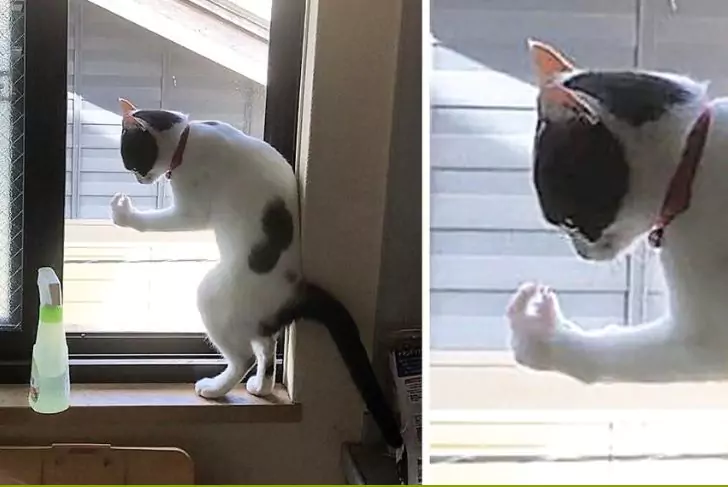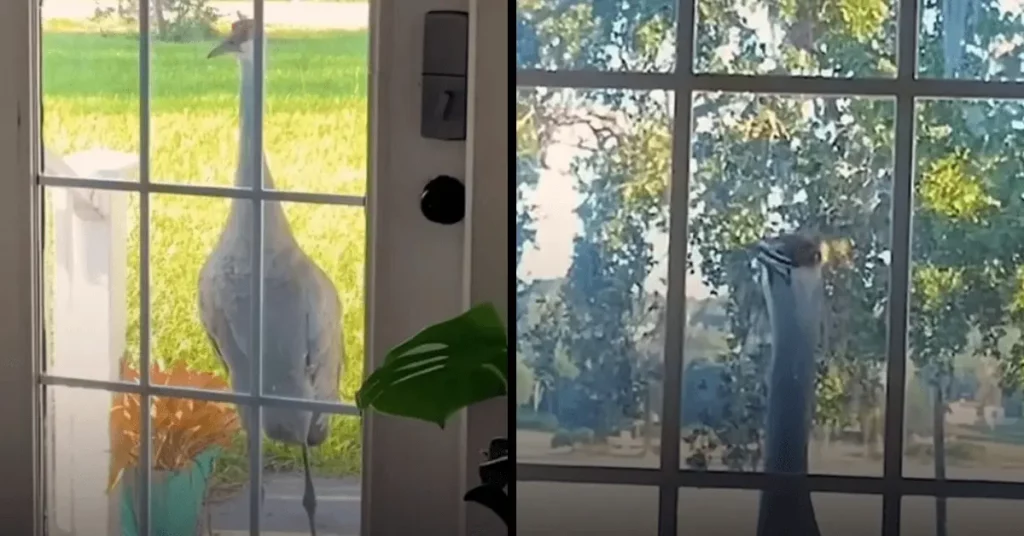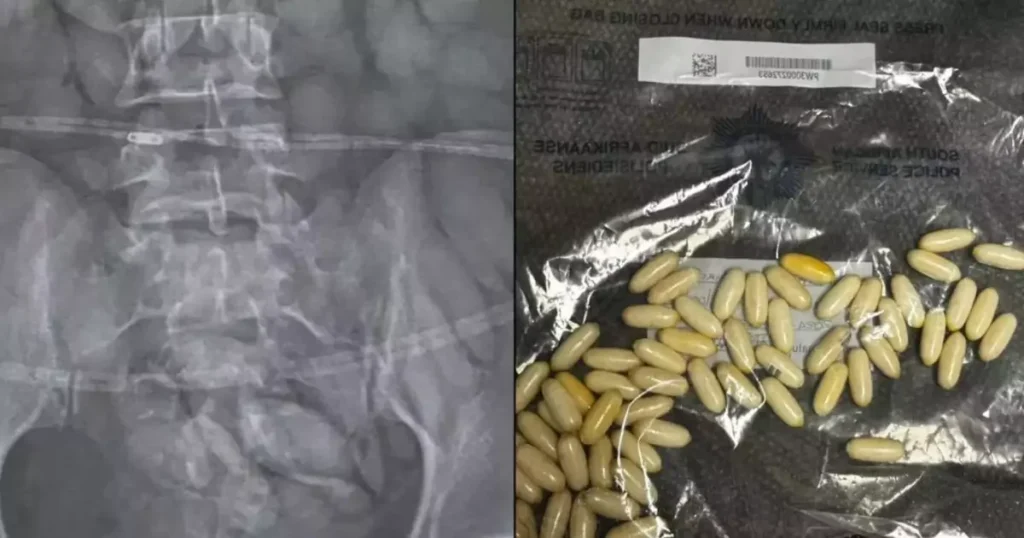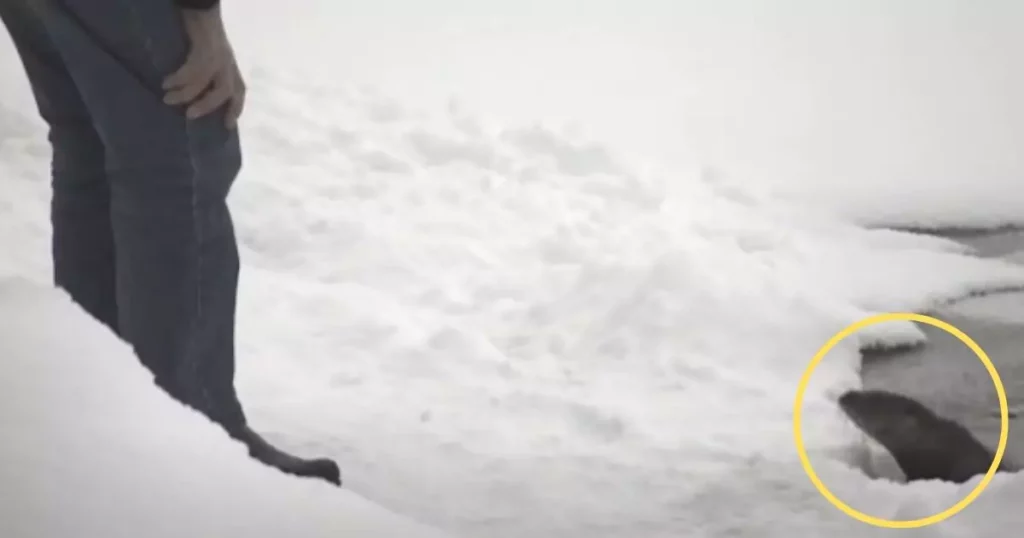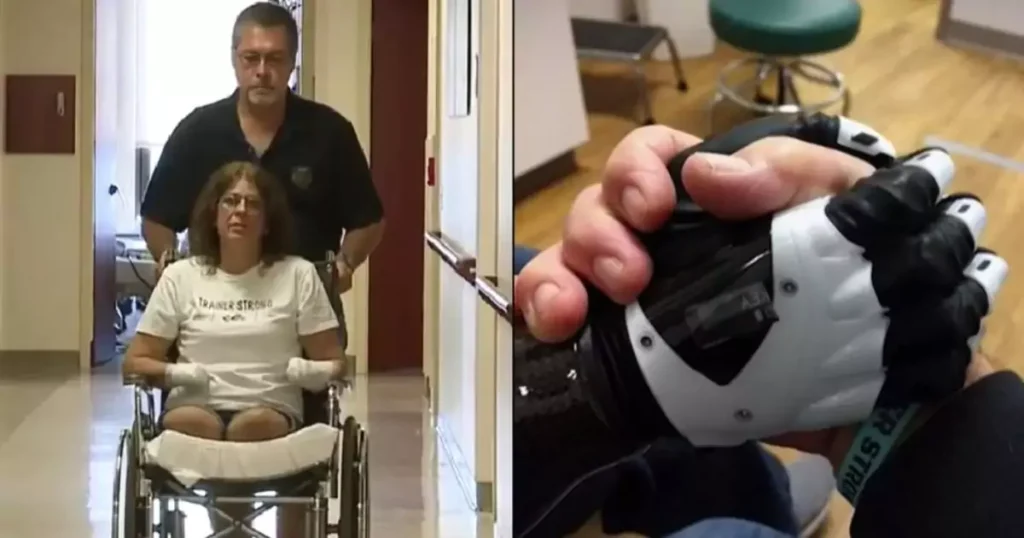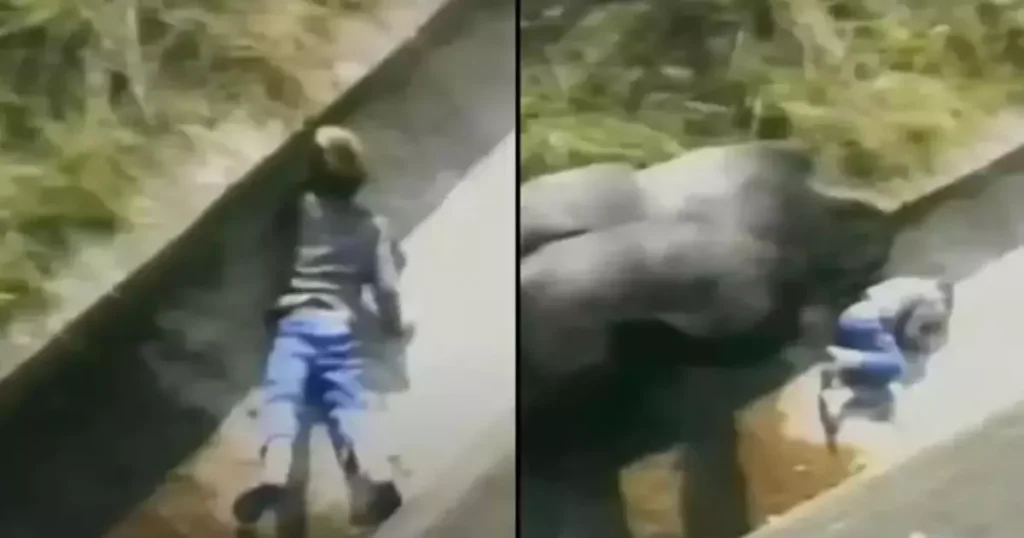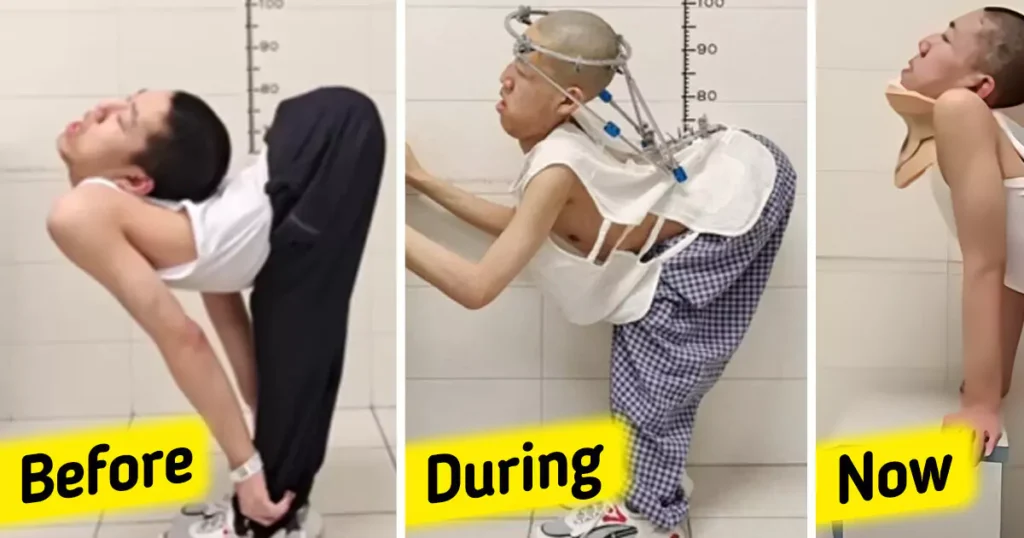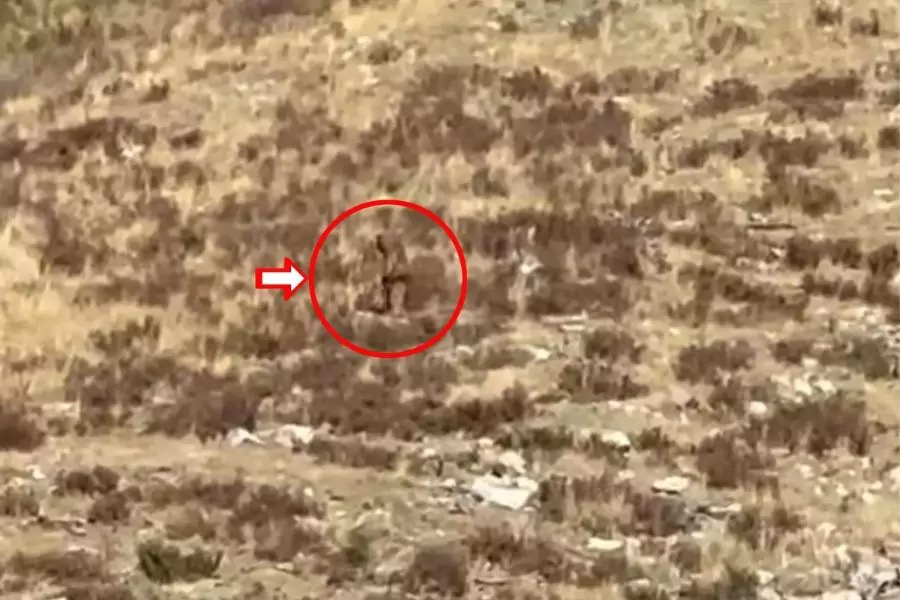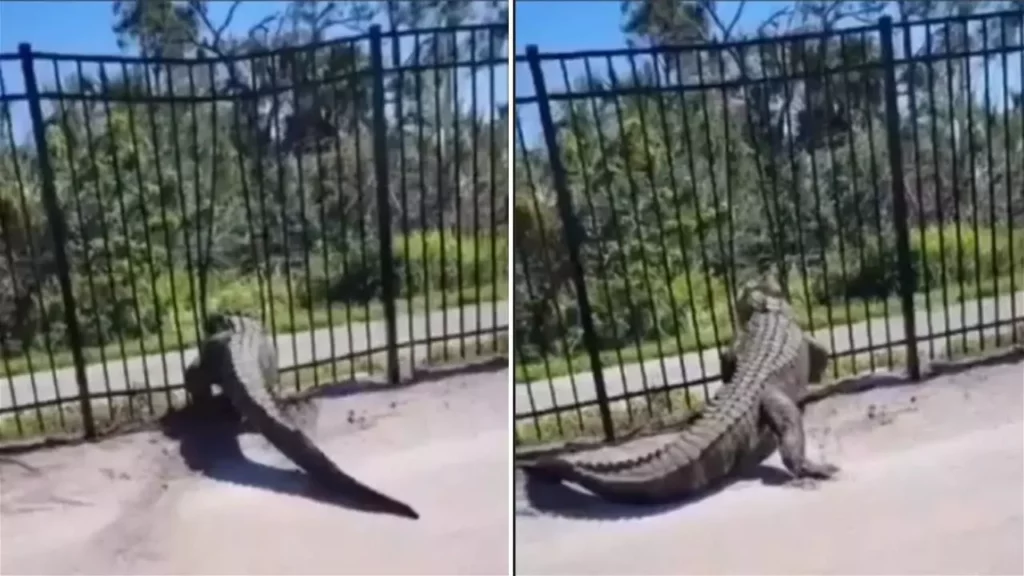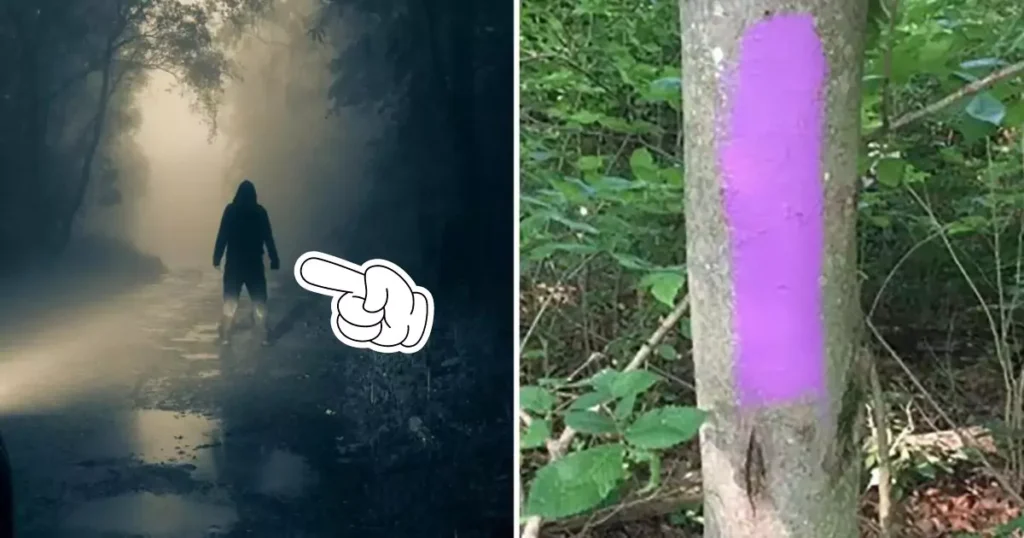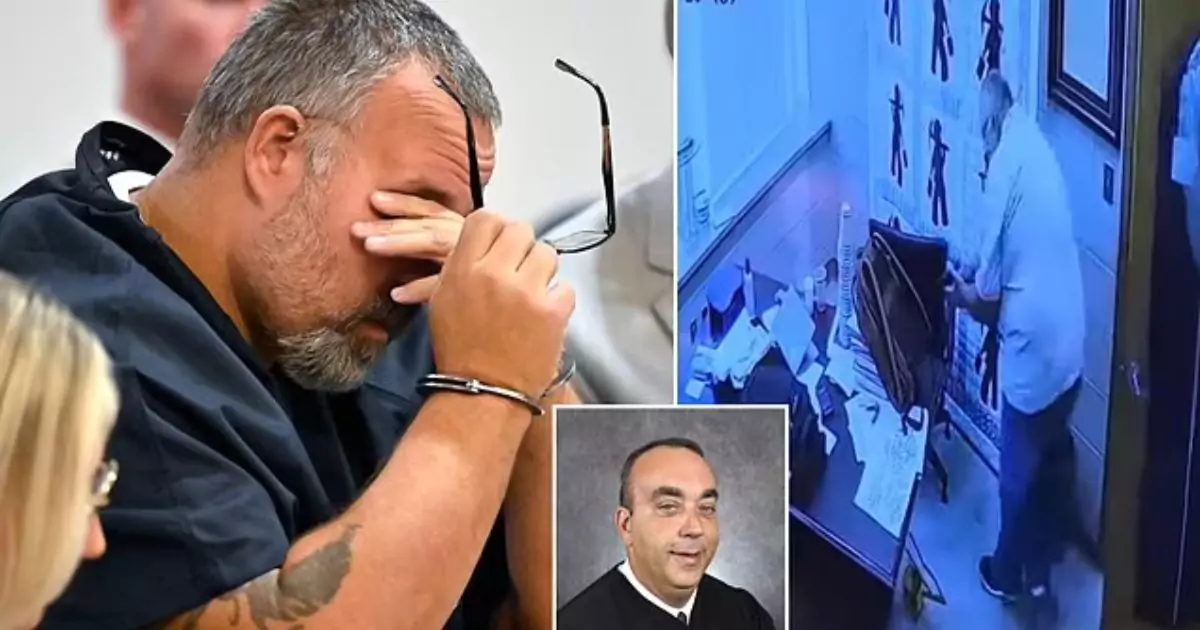
A video presented in court reveals the moment a Kentucky sheriff shot and killed a judge following a heated argument. The fatal incident occurred in District Judge Kevin Mullins’ chambers and has gripped the public, as chilling details of the confrontation emerge. Sheriff Shawn ‘Mickey’ Stines, now facing first-degree murder charges, is at the center of this high-profile trial. The footage is a critical piece of evidence in the case.
This article explores the events that led to the tragic shooting, the legal implications, and answers common questions about the case. We’ll also examine how the ongoing courtroom proceedings could unfold, integrating relevant SEO keywords for search engine optimization.
The Moment Captured on Camera: Judge Kevin Mullins Shot in His Chambers
The court presented the shocking video on October 1, 2024, capturing the terrifying moment when Sheriff Stines fired multiple shots at District Judge Mullins. In the footage, Mullins attempts to hide behind his desk, but Stines shoots him several times. After briefly walking toward the door, Stines noticed the judge still moving. He returned and fired additional shots, killing him instantly.
This footage, shared on social media platforms such as X (formerly known as Twitter), shocked viewers across the country. The video, although brief—only 20 seconds of a much longer clip—shows the brutal reality of the attack. As the video played, people in the courtroom gallery wept, while Stines turned away from the screen.
What Led to the Fatal Confrontation?
Sheriff Stines and Judge Mullins had lunch with a group shortly before the incident. According to Kentucky State Police Detective Clayton Stamper, the meal didn’t indicate any signs of tension between the two men. However, Stamper recalled that Mullins asked, “Do we need to meet privately in my chambers?” This comment seemed significant.
Although the prosecution hasn’t presented a clear motive, Stamper noted that Stines made several phone calls before the shooting. Footage not shown in court suggested that Stines first called his daughter on his own phone, then used Mullins’ phone to make another call. Phone records confirm that Stines dialed his daughter from the judge’s number, adding another layer of complexity to the case.
Emotional Duress at the Time of the Shooting
The defense admitted that Stines shot Mullins but argued that Stines was in a state of “extreme emotional disturbance.” His attorney, Jeremy Bartley, emphasized, “They’ve established probable cause for manslaughter, not murder.” Bartley entered a not-guilty plea for Stines.
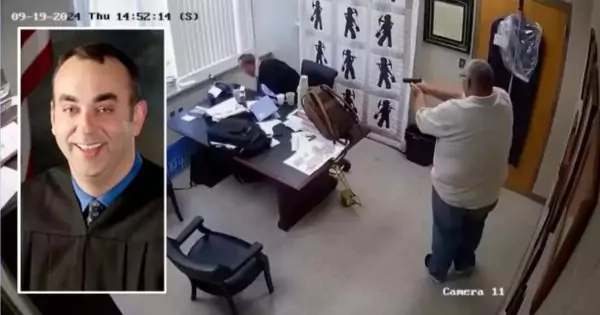
Stines’ defense centers on his emotional state at the time of the shooting. Stamper testified that after the shooting, Stines surrendered to law enforcement. He made a strange statement: “They’re trying to kidnap my wife and kid.” This comment might become crucial in the defense’s argument to establish Stines’ disturbed mental condition.
Despite these arguments, the prosecution seeks a first-degree murder conviction. If proven, Stines could face a life sentence or even the death penalty. The case has now gone to a jury trial.
Facing First-Degree Murder Charges
A first-degree murder conviction in Kentucky carries severe penalties, including life imprisonment or the death penalty. The prosecution aims to prove that Stines acted with intent and premeditation. On the other hand, the defense hopes to convince the jury that Stines’ emotional state warrants a lesser charge, such as manslaughter.
For the defense to succeed, they must show that Stines acted impulsively due to emotional disturbance, rather than with calculated intent. Both sides will present more evidence in the trial, which will be crucial in determining Stines’ fate.
Key Courtroom Proceedings to Watch
As the trial progresses, both the prosecution and defense will bring forward more evidence, including testimonies from witnesses, law enforcement officials, and mental health experts. Given the high-profile nature of the case, the trial is drawing intense media attention. The courtroom proceedings could set important legal precedents, especially given the involvement of public officials.
Stines remains in custody, having resigned from his position as Letcher County Sheriff just before the trial began. His attorneys published a formal petition explaining his resignation, stating that Stines wanted to allow a successor to “protect his beloved constituents” while he focuses on his legal defense.
Common Questions About the Case Answered
What caused the shooting?
The exact motive is unclear, but evidence suggests a confrontation between Sheriff Stines and Judge Mullins. The defense claims Stines was under extreme emotional distress when the incident occurred.
What are the charges against Sheriff Stines?
Stines faces a first-degree murder charge, which could result in a life sentence or the death penalty. His defense team argues for a lesser charge, such as manslaughter, citing emotional distress.
How does the video footage affect the case?
The surveillance video plays a central role in the trial. It clearly shows Stines shooting Mullins multiple times, making it hard for the defense to argue that the shooting wasn’t deliberate.
What will the jury consider in this trial?
The jury will weigh the evidence to determine if Stines acted with premeditation or if his actions were the result of emotional distress. Mental health testimonies could play a key role in shaping their decision.
A Tragic Confrontation with Far-Reaching Consequences
The video footage of Sheriff Stines fatally shooting Judge Mullins has captivated public attention, revealing a devastating moment that continues to raise critical legal questions. As the trial moves forward, both the prosecution and defense will present evidence to determine whether Stines acted with premeditation or under emotional duress.
The trial’s outcome will have significant consequences for Stines, who faces a potential life sentence or even the death penalty. The case also serves as a reminder of the tragic consequences of uncontrolled confrontations, especially when public officials are involved. Stay tuned for further updates as this gripping case continues to unfold.
For real-time updates on this ongoing trial, subscribe to our newsletter. We’ll bring you the latest courtroom insights, legal analysis, and expert opinions as the case unfolds. Stay informed on all developments in this high-profile case.










